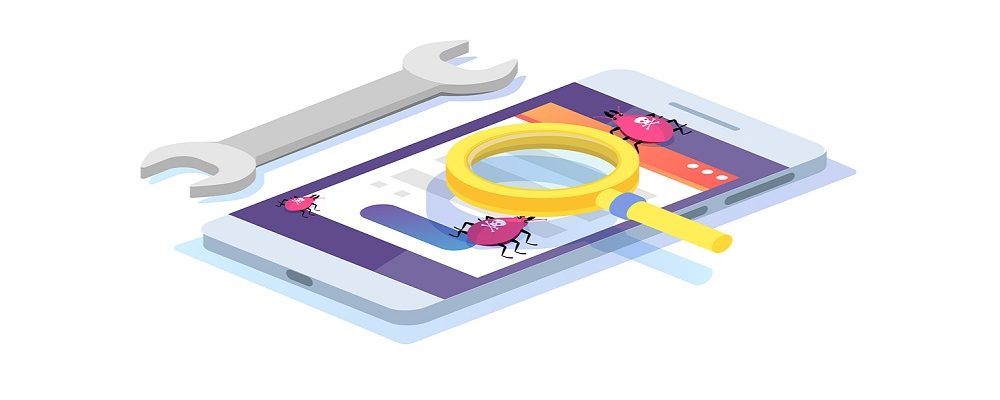
Regression Testing – An Overview

Regression Testing – An Overview
Regression testing, is nothing but testing the unchanged feature of an application to make sure that changes like adding a feature, deleting or modification a feature and fixing the defect. It is not impacting the unchanged feature of an application is called regression testing. In other words, regression testing is a sort of software testing used to ensure that a recent program or code update hasn’t had an unwanted impact on current functionalities.
Regression testing is the last test that the program undergoes as part of the ongoing software development lifecycle.
Need of a Regression Testing
The need for regression testing emerges most often when there is a need to alter code and we need to see if the changed code impacts other parts of the software program. Regression testing is also required when a new feature is added to a software program, as well as for bug and performance issues.
Challenges in a Regression Testing
Consumption of time and resources
Setting up regression testing takes a long time, especially if done manually. Even when outsourced, setting regression systems may be a resource and time drain. There may be countless discussions over which variables to include in the testing, depending on the size of the business. Testing for low-quality software might take weeks or months to get clear findings.
Execution of a Limited Number of Test Cases
Because regression testing has a restricted scope, you must execute test cases one at a time if you want to test hundreds of functionalities of a program.
Manual Testing is Quite Rare
The best type of regression testing software is automated. Manual tools are more expensive and take longer to produce results. The lack of flexibility makes it difficult to employ specific outputs, making the work difficult.
Constant Testing is Required
It’s difficult to stop regression testing after it has started. A new baseline and other types of testing are essential since no information from a prior test can be restarted. However, during corrective regression testing, where we do not make any changes and may reuse earlier test cases.
Different Types of Regression Testing
Regression testing is a large procedure that all testers take seriously. Regression testing comes in a variety of forms, depending on the needs.
Unit Regression Testing
One of the most important aspects of regression testing is unit regression testing. Because the stage is largely focused on the unit code, it is usually done in isolation. The bulk of interactions and dependencies are prevented when executing this testing. As a result, it is frequently spotted operating at low-traffic and off-peak hours.
Partial Regression Testing
Only a tiny portion of the activity is covered by partial regression testing. Clients frequently add codes to the system for a variety of reasons. When new codes are added to old code, the majority of testers undertake partial regression testing. It is strongly advised that people use the step on a regular basis because it aids in the detection of critical bugs in existing code. Engineers may use it to test bugs in existing code without disrupting the system.
Corrective Regression Testing
There are times when you notice changes in the product’s specs but no changes in the product’s specifications. It is the obligation of every tester to thoroughly research the project ahead of time because this aids in the planning of activities. Because of several reasons, corrective regression testing is one of the most common sorts in today’s age.
Selective Regression Testing
It is obvious that, depending on the needs, different codes are introduced into the process. It’s always a good idea to double-check and comprehend the original
code’s effects. As a result, selective regression testing is frequently employed. It’s usually done to see how the new code interacts with the existing code. When the case is changed, most of the common parts, such as variables and functions, are included into the program. This assists in the discovery of immediate results without disrupting the process.
Benefits of Regression Typing
The following are some of the benefits of performing regression tests:
High-quality Software
Regression testing maintains system stability while continually improving the program. It repeats the same procedures again and over, allowing the team to produce software faster while maintaining excellent quality.
Increase Efficiency and Cost Effectiveness
Automation of regression test cases helps businesses to cut costs by reducing the number of people on the team and the amount of human contact. Simultaneously, resources may be devoted to more strategic and critical duties.
Get More Testing Done in Less Time
Testing requires a lot of time and effort to cover the complete software. Regression testing, on the other hand, runs the specified scenarios and validates that all of the functions are working properly. Furthermore, data inputs or devices can be changed at any time throughout a run.
Software Upgrade
Regression testing aids in the upkeep of technology. It’s also a long-term and cost-effective way to maintain the program in good working order and reusable. Because the entire testing is handled by automated software, this type of software testing has a high return on investment and takes less time.
Conclusion
Regression testing is an important aspect of the testing process and strategy since it helps to catch defects early and guarantees that everything works correctly after any changes. We hope that this article has clarified or explained the concept of regression testing, its benefits, and the many testing methodologies.
Sapizon Technologies is one of the leading software testing companies in the world, offering best in class QA services to clients in a variety of sectors. More than 90% of our clients consider our regression testing services to be the finest they’ve ever had. Our only aim is to secure the delivery of defect-free products to the market, which we have done for over 250 projects.